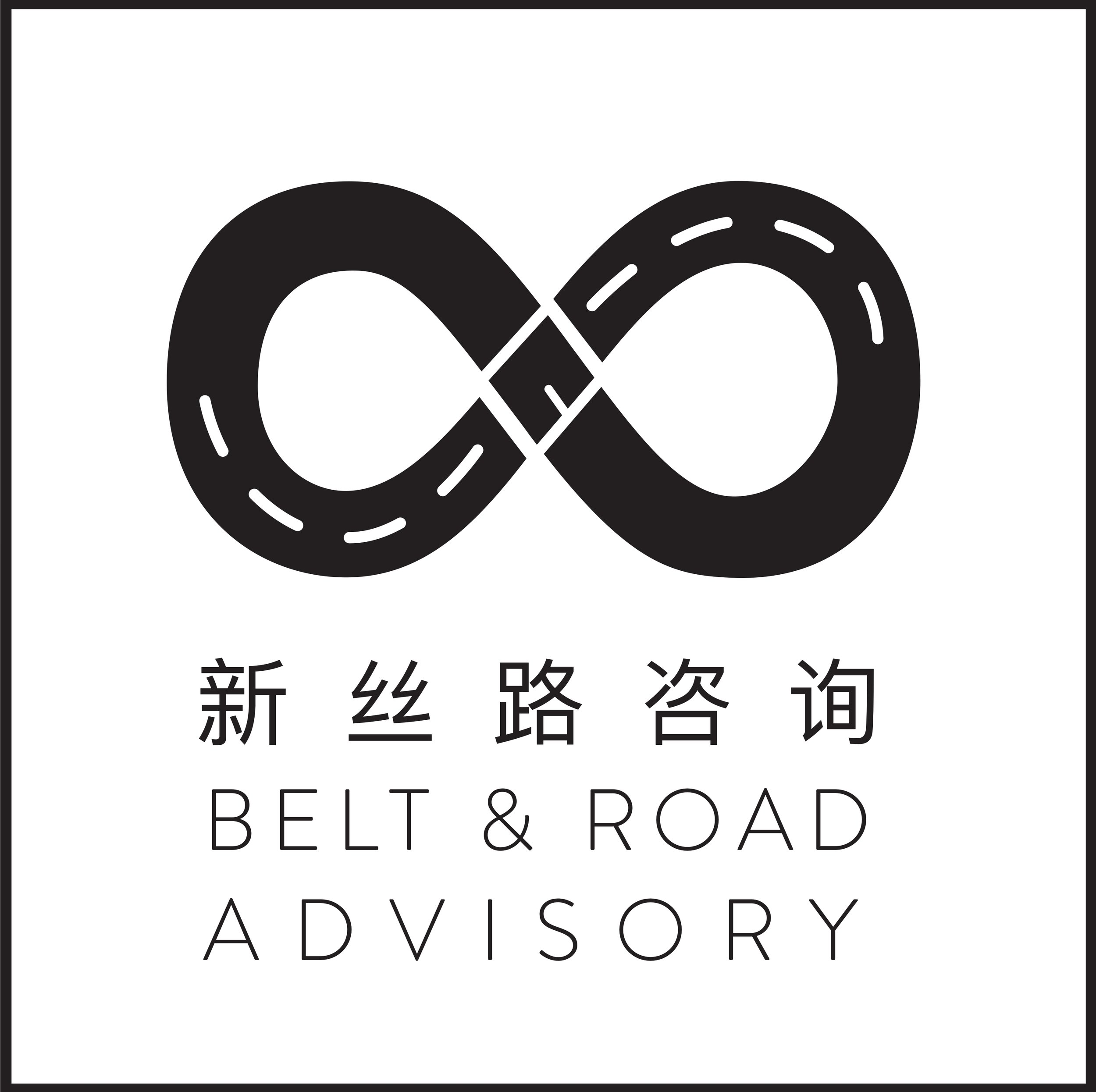China-Italy innovation collaboration: synergies and roadblocks
A modified version of this article was originally published on CRI China Plus.Guest contribution by Rebecca Arcesati. Rebecca is a Robin Li Scholar at Yenching Academy of Peking University and a Research Assistant at UN Women China. She holds a BA in Cross-Cultural Communication and an MA in International Affairs, both focused on China. Her interests range from Chinese domestic politics and foreign policy to Sino-EU relations and technology.
Recent recognition of the Neapolitan art of pizza-making by UNESCO, while well deserved, does not do justice to Italy’s creative sector and growing entrepreneurialism. Most still see Italy as a country famous for only its food, fashion and Ferraris. However, the historical record points to the contrary, indeed in 1495, it was Leonardo da Vinci who conceptualized the world’s first robot. Today, Italy is home to innovative aerospace, advanced manufacturing, and healthcare sectors, among others.
Screen Shot 2018-05-13 at 10.25.54
Gino Sorbillo, center, one of best known Neapolitan 'pizzaiuoli' (pizza makers) is flanked by friends as they celebrate UNESCO's recognition outside their restaurant in Naples, Italy, Friday, Dec. 8, 2017.[Photo: AP/Burhan Ozbilici]
These sectors are also major pillars of Made in China 2025, China’s grand plan to upgrade its industrial sector through embracing technological innovation. The government is determined to use indigenous innovation as a key driver for economic growth going forward. As a result, we are witnessing an epochal transformation from an investment-driven model that emphasized volume of output, to one more focused on domestic consumption, quality, sustainability, and Chinese ideas.
This transformation will not happen overnight, requiring accelerated technology transfer and improved know-how. This is why, although China’s quest for technological dominance poses serious challenges for European economies that should not be underestimated, there exists scope for synergies between the innovation strategies of both China and Italy. We identify three main factors that should help the realization of these synergies:
1) Italian tech represents good value for money
China has plenty of capital, while Italy is capital constrained. In 2016, for example, $45 billion were invested in venture capital in the China and foreign start-up companies have been actively encouraged to enter the Chinese market. However, there still exists an information asymmetry where Chinese investors do not fully appreciate the extent of Italian innovation. Chinese investors look to the US, Germany, the UK and Israel as their first points of call. However, once this asymmetry is bridged, Chinese investors should find that Italian tech is far better value for money. According to Francesco Lorenzini, co-founder of Techsilu, a pioneer organization working to integrate the Chinese and Italian startup ecosystems, investors in Italian startups can secure higher equity stakes in top-class technologies at a fraction of the normal cost.
2) China and Italy benefit from strong institutional cooperation
Institutional endorsement and cooperation is key. Cooperation in the field of science and technology is arguably among the most solid and institutionalized China has with any European country. This has been reinforced following an agreement between Italy’s Ministry of Education, University and Research, and China’s Ministry of Science and Technology. In 2017, a Sino-Italian Innovation Base Camp was inaugurated in Chongqing, and the annual China-Italy Science Technology and Innovation Week provides another platform for further collaboration.
However, matchmaking of Chinese and Italian tech companies can be challenging, especially as these institutional channels often find it difficult to generate commercial opportunities for businesses. In this regard; Techsilu, together with the China-Italy Chamber of Commerce and ThinkIN China, launched ‘The Italian Scale-up Initiative in China 2017’ (ISIC2017), endorsed by the Italian Embassy. This unique initiative connected some of the best of Italian tech to key Chinese stakeholders, inviting vetted startups to Beijing to present their technologies to potential Chinese investors and industrial partners. After an encouraging first year, the initiative will likely be repeated in 2018.
3) Italy has sectoral expertise that China can learn from
In particular, scope for collaboration exists across many sectors, such as manufacturing and healthcare. In the manufacturing sector, Italy boasts a network of competitive and export-oriented small and medium enterprises (SME) that have adapted quickly to the rise of new technologies. For example, according to the President of the Italian Trade Agency, 40% of Italian manufacturers use 3D printers for fast prototyping, and 25 percent use robots for production. While China is investing heavily in upgrading its manufacturing sector, it still has a long way to go. Italy’s world leading know-how in industrial machinery and additive manufacturing technologies could help support the realization of Made in China 2025.
As for healthcare, China is seeking to modernize its own healthcare system, and is aiming for the sector to reach 8% of GDP by 2020 (in contrast to approximately 6% today). Healthcare has been identified among the key strategic sectors in bilateral agreements between China and Italy. Deal making is already taking hold, and in 2017, a consortium of Chinese investors including Jack Ma’s Shanghai Yunfeng Xinchuang acquired the Italian company Esaote; one of the world’s top ten players in ultrasound and diagnostic systems.
Positive early signs, but challenges ahead
While these foundations should help to pave the way for improved collaboration across innovation sectors, challenges remain on both the Italian and Chinese side. Italy may do well in certain areas of innovation, but its wider ecosystem still leaves a lot to be desired. In particular, the link between Italian research institutes and the start-up scene needs to be improved, and a shift in the country’s industrial, tax and education policy to support talent and entrepreneurship is long overdue. Moreover, current political turmoil may once again delay the development of a sound tech innovation strategy.
In China’s case, it needs to tread carefully when it thinks about technology transfer originating from Europe. While Italy maintains a relatively benevolent view of Chinese investors at this stage, that can change quickly if a Chinese acquisition is mismanaged or perceived to clash with Italian strategic interests. Indeed, this is already happening. Together with Germany and France, Italy has been one of the proponents of an EU-wide investment screening mechanism that is currently being discussed in Brussels. Concerns over Chinese investments in the continent, particularly in high-tech sectors such as ICT and robotics, are growing at a time when European companies are experiencing tougher conditions in China in terms of market access and business operations.
While Europe should be careful not to conflate issues of national security and economic competitiveness if it wants to remain an open market economy, China must realize that its state-led industrial innovation policy will inevitably encounter resistance in countries such as Italy who want to protect their know-how. Innovation is likely to remain a space for both cooperation and competition.

